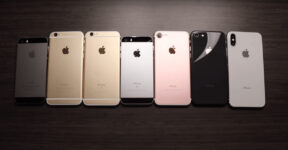
Ranking All iPhone Models from Best to Worst
As Apple prepares to reveal the iPhone 16 in its upcoming keynote, it’s hard not to reflect on the 17 years of innovation that have led us here. While it may be called the iPhone 16, it’s technically the 18th generation in the lineup, thanks to the inclusion of the “S” models that added some fun twists along the way. Since the first iPhone launched in 2007, Apple has released 42 different models, and every iPhone owner has their favorite—and maybe one they’d rather forget.
So, what is the best iPhone ever, and which one failed to live up to expectations? Let’s dive into a ranking of the iPhones from best to worst, looking back at the features that made some legendary and others a little more divisive.
1. iPhone 5s (2013)
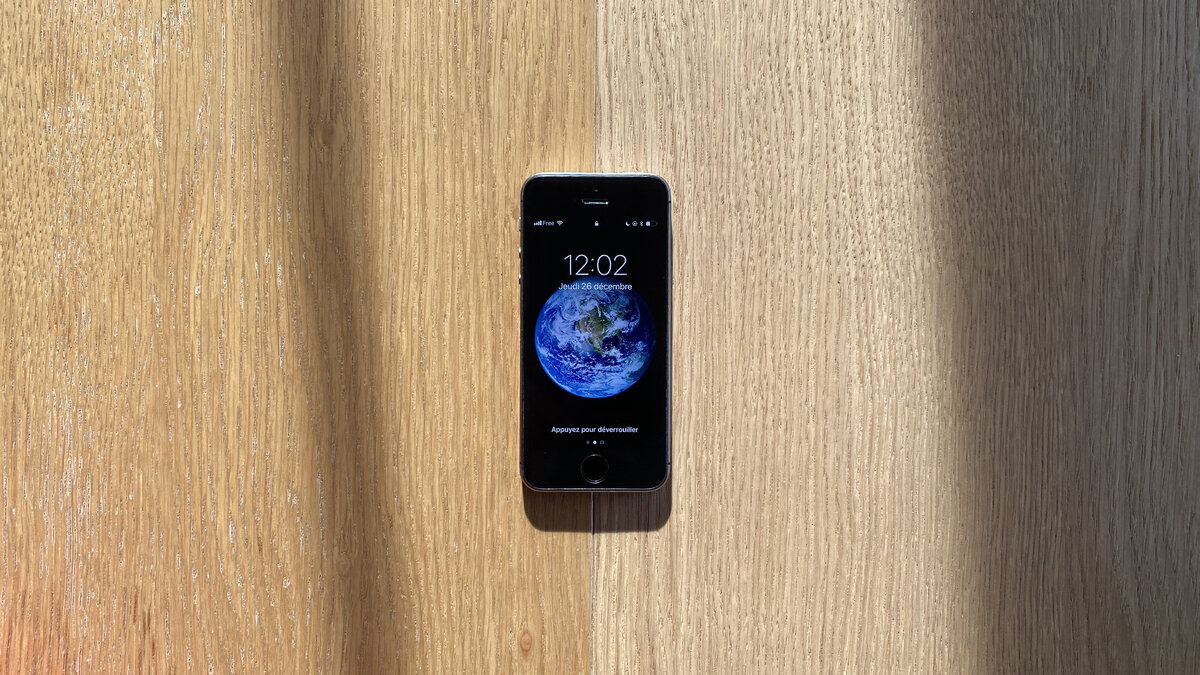
The iPhone 5s is often hailed as the iPhone that set the standard for years to come. It introduced Touch ID, had 4G connectivity, and packed impressive hardware into a compact, sleek design. Many still consider it one of the most versatile and well-designed smartphones ever made. It’s also the last of the smaller iPhones, sporting a 4-inch screen before Apple started going bigger. The iPhone 5s is like the Lionel Messi of smartphones—small but powerful.
2. iPhone X (2017)

The iPhone X changed everything. With its edge-to-edge OLED display, Face ID, and gesture-based navigation, it set the tone for all future iPhones. Sure, it had its flaws, like battery life that could have been better and a hefty price tag, but its design and futuristic features made it iconic. The iPhone X is often remembered as the model that broke new ground, ushering in a new era for smartphones.
3. iPhone 4 (2010)
The iPhone 4 introduced the sleek glass back and flat-edged design that turned heads. It also brought us the first Retina display, which was a game-changer in terms of visual clarity. Though it wasn’t without controversy—remember “Antennagate”?—the iPhone 4 is still one of Apple’s most memorable devices, combining style and performance in a way that felt revolutionary at the time.
4. iPhone 4s (2011)
While it didn’t have the same splashy redesign as the iPhone 4, the iPhone 4s brought important upgrades, including a better camera and, of course, Siri. As the first iPhone to feature a voice assistant, the 4s quietly became a fan favorite. It may not have reinvented the wheel, but it’s a model people look back on with fondness.
5. iPhone (2007)
The original iPhone deserves its spot in history. It may seem laughably outdated now—no App Store, no 3G, no copy-and-paste—but it sparked a technological revolution. Its design and functionality were a glimpse into the future, and its impact can’t be overstated. It may not rank higher due to its limitations, but as the device that started it all, it will always hold a special place.
6. iPhone SE (2016)
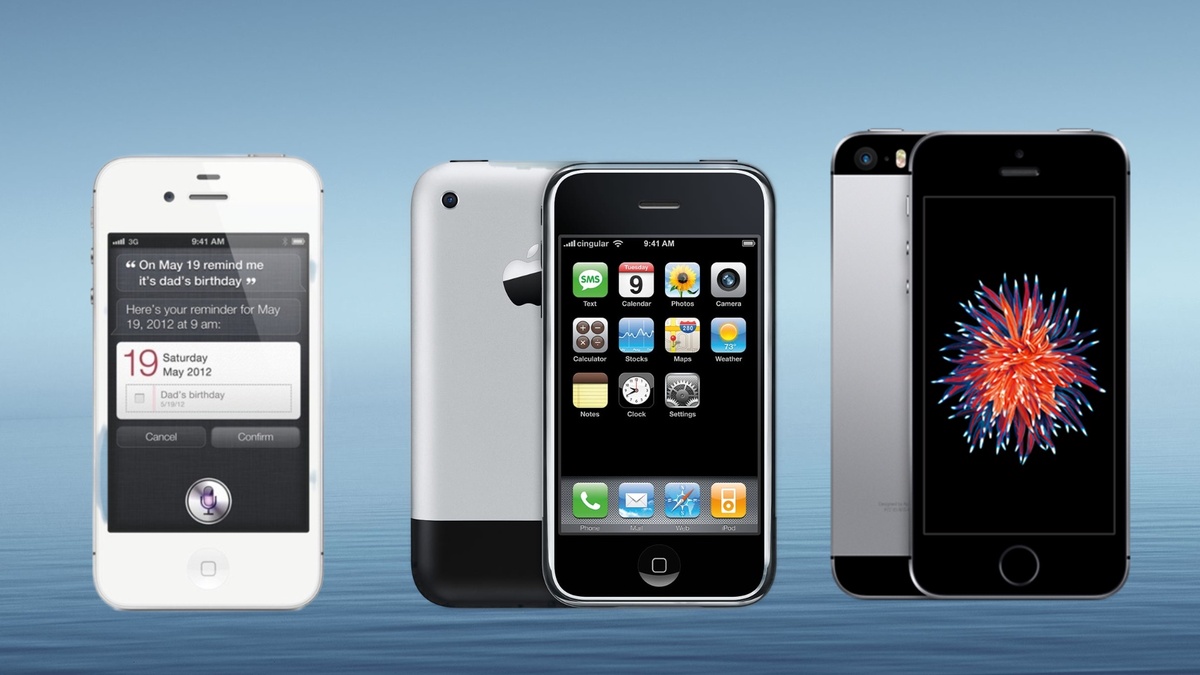
Apple’s first attempt at a more affordable iPhone, the SE took the design of the iPhone 5s and paired it with the more powerful guts of the iPhone 6s. At under $500, it was a steal, especially for those who missed the smaller form factor. It provided an entry point for budget-conscious consumers and showed that Apple could cater to a wider audience.
7. iPhone 12 mini and 13 mini (2020, 2021)
For fans of smaller phones, the iPhone 12 mini and 13 mini were a dream come true. However, despite the fanfare, the mini line didn’t sell as well as Apple hoped, leading to its discontinuation. Still, those who own a mini swear by it, and the 13 mini remains a beloved option for those who want something compact yet powerful.
8. iPhone 11 Pro / 11 Pro Max (2019)
With the iPhone 11 Pro, Apple made significant improvements in photography and battery life. It marked the end of the rounded edges, a design staple since the iPhone 6, and became known for its excellent endurance. It was a relief for many Apple fans who finally had a phone that could last all day without needing an external battery.
9. iPhone 6 and iPhone 6 Plus (2014)

The iPhone 6 series was groundbreaking for one big reason: it was Apple’s first venture into larger phones. The 4.7-inch and 5.5-inch screens were a hit, though the “bendgate” controversy hurt its reputation. Still, it represented a pivotal moment for Apple, shifting the market toward larger displays.
10. iPhone 15 and iPhone 15 Plus (2023)

The iPhone 15 and 15 Plus bring solid updates, from better battery life to a more modern design featuring Dynamic Island and a matte glass back. The addition of USB-C was a welcome change, making these models versatile and practical. They even launched with a slight price drop, a rarity for Apple.
11. iPhone 12 (2020)
The iPhone 12 struck a great balance between price and performance, bringing an OLED display and 5G connectivity into the mix. It was an iPhone for the masses, making advanced tech more accessible, and solidified its place as a fan favorite.
12. iPhone 12 Pro, 13 Pro, and 14 Pro (2020, 2021, 2022)
This trio of Pro models made incremental improvements year after year, but all excelled in performance, photography, and endurance. With the introduction of Dynamic Island on the 14 Pro, Apple gave us something new and exciting. The Pro models are, simply put, the complete package.
13. iPhone 5 (2012)

The iPhone 5 gave us a bigger screen—4 inches!—and introduced the Lightning port, which stuck around until 2023. It was sleek, fast, and made us feel like Apple was pushing the boundaries again. Its only downside was the black model, which scratched easily, making it less durable.
14. iPhone 13 (2021)
The iPhone 13 wasn’t a massive leap forward, but it was a reliable, well-rounded iPhone. It offered great performance and a strong battery life, though it wasn’t quite different enough from the 13 Pro to make a major impact.
15. iPhone 6s and 6s Plus (2015)
The iPhone 6s series was an improvement on the iPhone 6, with better performance and 3D Touch. While it had its critics, many fans still consider it a solid entry in the iPhone lineup.
16. iPhone SE (2020)
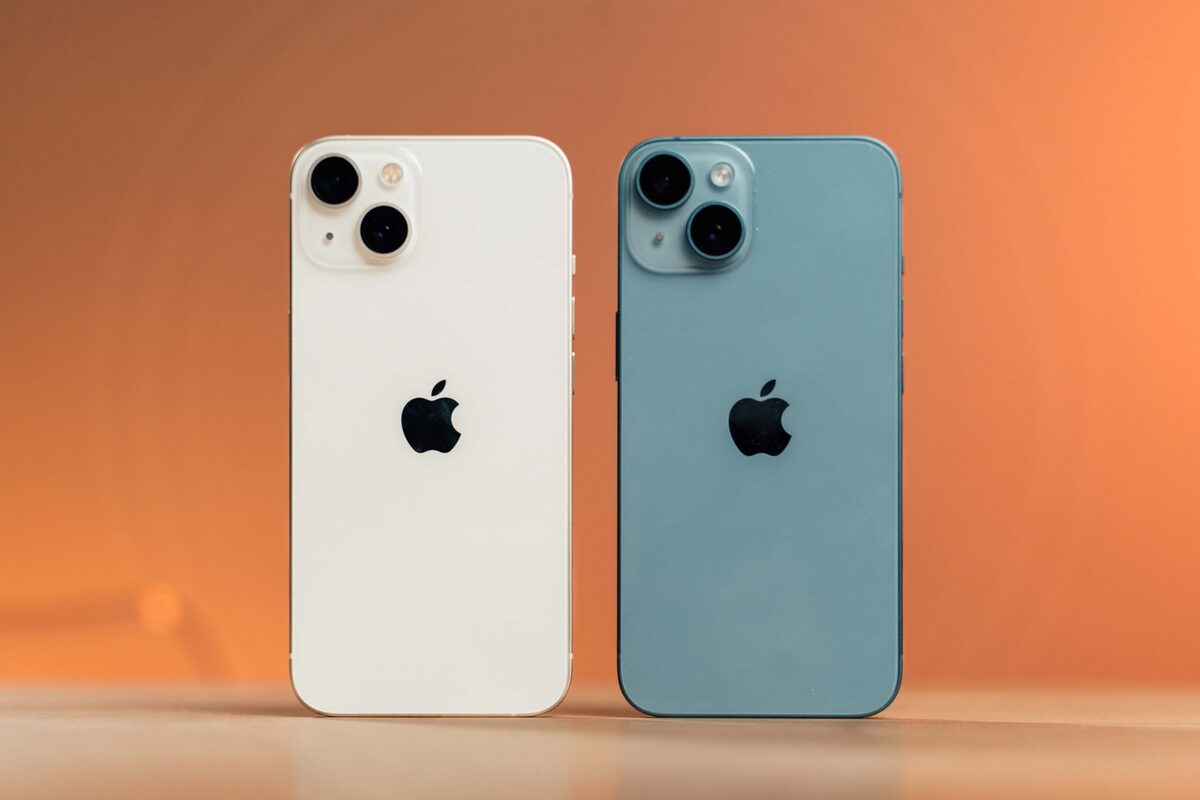
The second iteration of the iPhone SE was essentially an iPhone 8 with the internal hardware of an iPhone 11. It offered decent performance at a more accessible price point, especially for fans of the home button. While it wasn’t revolutionary, it was a practical choice for those who preferred a smaller, more traditional design.
17. iPhone 3GS (2009)
The iPhone 3GS brought some important upgrades at the time, including video recording and better performance, making it much faster than its predecessors. It also introduced multitasking, thanks to an iOS update. However, it didn’t leave a lasting impression like later models, especially once the iPhone 4 came out and changed the game entirely.
18. iPhone XR (2018)
The iPhone XR was a polarizing device. On one hand, it was Apple’s more affordable alternative to the iPhone XS, bringing the bezel-less design and Face ID to a wider audience. On the other hand, its LCD screen and bulkier design weren’t for everyone. However, its strong battery life and colorful options made it a popular choice for many.
19. iPhone 11 (2019)
The iPhone 11 was essentially an enhanced version of the XR, keeping the LCD display but adding better cameras and a more robust design. While it was a solid upgrade, it didn’t do enough to stand out in a lineup filled with Pro models and other high-end options.
20. iPhone Xs and Xs Max (2018)
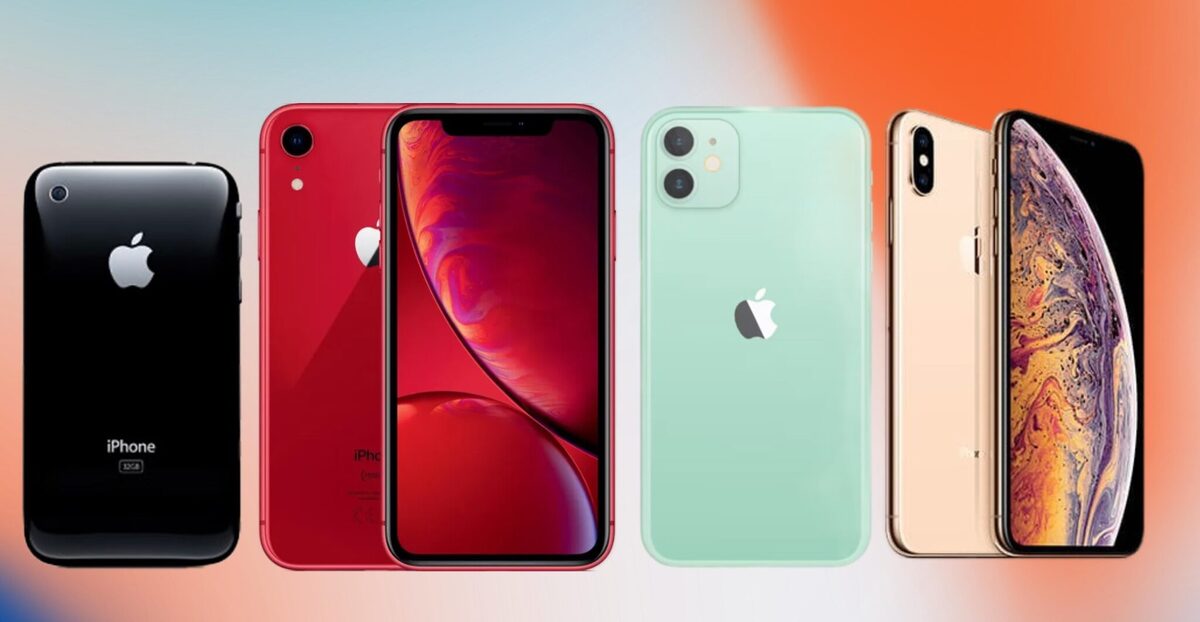
While the iPhone Xs models improved on the iPhone X in some ways, such as adding better water resistance and a slightly improved camera, they didn’t bring the same level of innovation. The Xs Max stood out for its large screen and battery life, but overall, these models were quickly overshadowed by their successors.
21. iPhone 15 Pro and iPhone 15 Pro Max (2023)
On paper, the iPhone 15 Pro and Pro Max seemed like near-perfect devices. Their titanium finish, USB-C port, and advanced cameras made them the talk of the tech world. However, they didn’t quite live up to expectations, mainly due to issues with overheating and inconsistent battery performance. While they have plenty of potential, they didn’t quite hit the mark for everyone.
22. iPhone 7 (2016)
The iPhone 7 marked the beginning of Apple’s transition away from the headphone jack, which was a controversial move at the time. While it was a good phone in many respects, with improved water resistance and a new jet black finish, the lack of innovation compared to previous models left some users wanting more. Plus, the jet black version was notoriously prone to scratches.
23. iPhone 3G (2008)
The iPhone 3G holds a special place in many people’s hearts as the first iPhone to support 3G connectivity. It also introduced the App Store, which was a game-changer. Despite these important upgrades, its plastic design felt like a step back from the original iPhone’s more premium feel.
24. iPhone 8 and 8 Plus (2017)

Released alongside the iPhone X, the iPhone 8 and 8 Plus were immediately overshadowed by their flashier sibling. With a design that hadn’t changed much from the iPhone 6, these models felt outdated from the start. While they performed well and had wireless charging, they never quite captured the imagination of users.
25. iPhone 14 and 14 Plus (2022)
The iPhone 14 and 14 Plus didn’t bring much new to the table. With the same chip as the previous year’s model and very few noticeable upgrades, these phones felt like placeholders in Apple’s lineup. The high price tag of the 14 Plus also made it a tough sell for consumers.
26. iPhone SE (2022)
The third generation of the iPhone SE was met with disappointment. Despite adding 5G compatibility and a faster chip, the outdated design and higher price made it hard to recommend. It felt like a missed opportunity, especially for those hoping for a more modern budget option.
27. iPhone 5c (2013)

The iPhone 5c was Apple’s attempt at creating a more colorful, affordable iPhone. While its plastic body and bright color options stood out, it lacked the premium feel that Apple users had come to expect. Though it sold reasonably well, it never had a true follow-up, and its legacy remains a bit forgettable.
The ranking could go on, but one thing is clear: each iPhone has its fans and its detractors. Whether you’re nostalgic for the early models or appreciate the latest tech innovations, there’s an iPhone for everyone. Which one is your favorite?
My name is Noah and I’m a dedicated member of the “Jason Deegan” team. With my passion for technology, I strive to bring you the latest and most exciting news in the world of high-tech.



